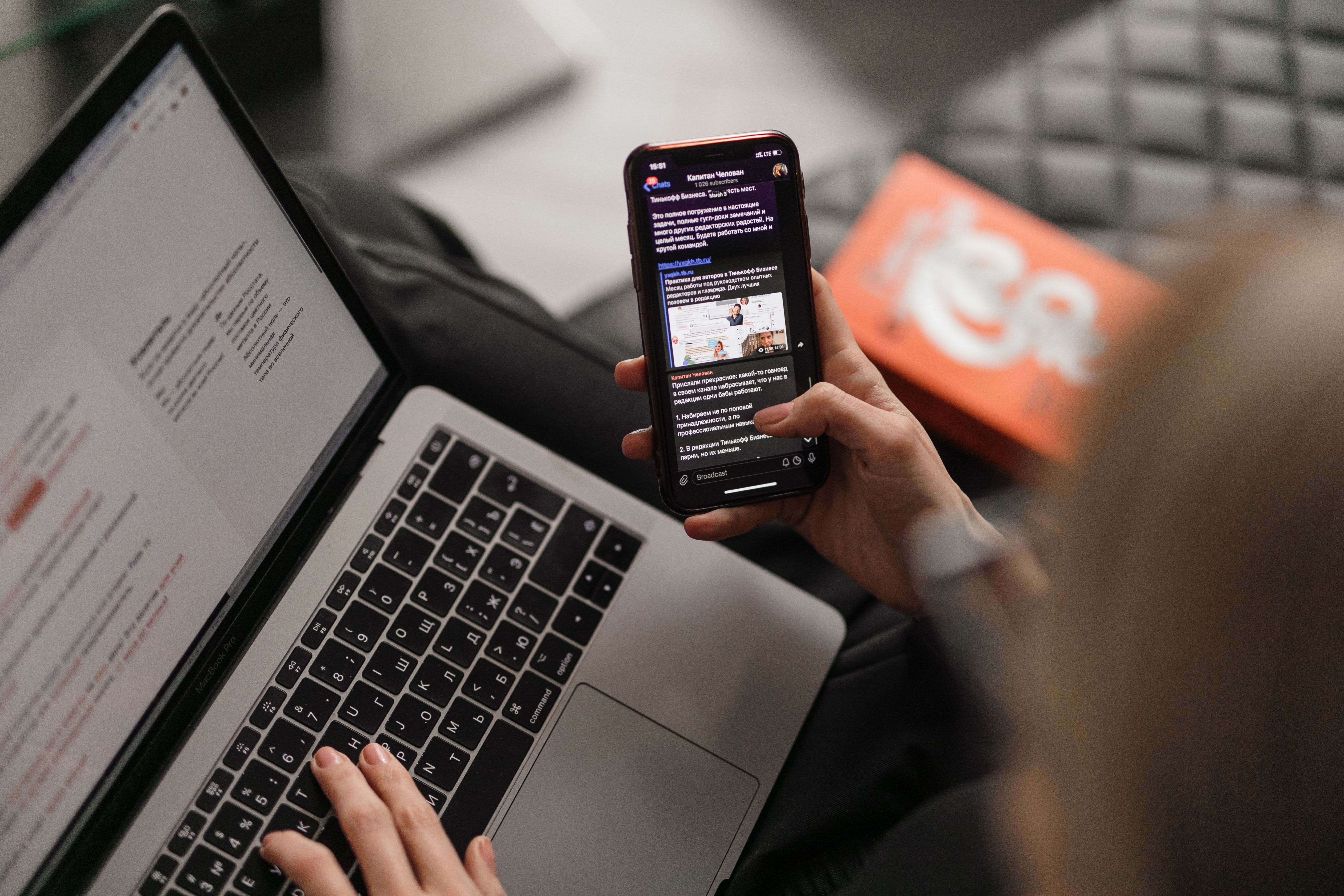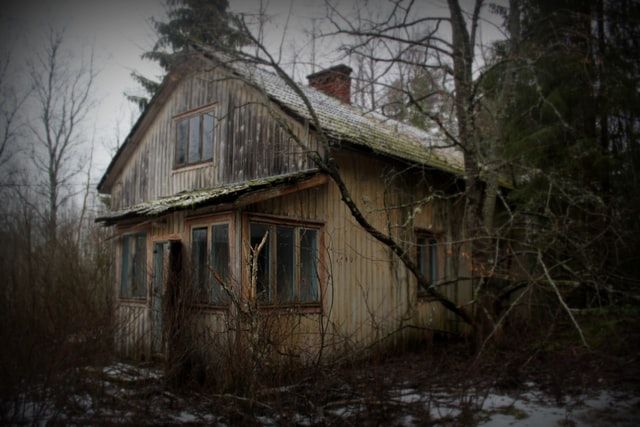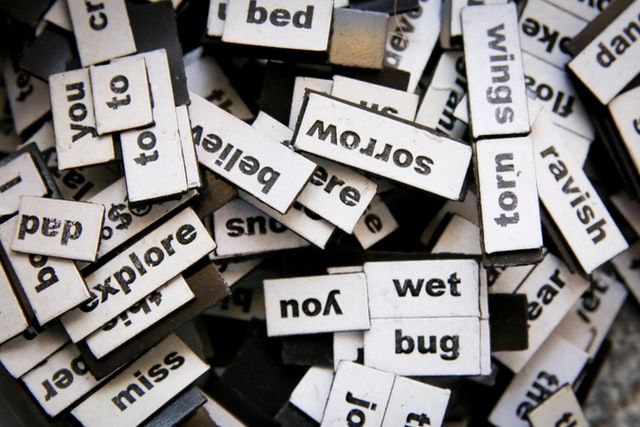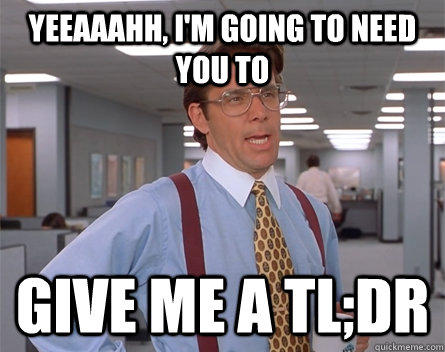Under the Hood - Content
Posted on:
💡 As part of our Under the Hood series, we're taking a look at some of the important parts of great webpage design. Content seems to be one of the hardest parts, primarily because many people think creating content is intuitive and that writing is a natural talent. That's not true! Writing great content is a skill any one can learn if they choose to.
We mentioned previously if a house is a webpage, and the address is a domain name, then the road the page lives on is a host. Web page content is the garden and fittings. This is where we make the page beautiful and attractive.
Great content takes some of the following into consideration:
- Why do people visit your page?
- User Experience (UX) and your audience
- What makes your business unique?
- What sort of content do you need?
This article also covers how to generate content specific to you and your business.

Why do people visit your page?
Writing great content starts with a critical look at what that content is supposed to do.
Are you introducing your company to a cold client? Are you providing services for established clients? Are you promoting an event or a launch? Selling a product? What are you expecting your website visitor to do when they get here?
Imagine being invited to a house but the plants are dead and the door is wide open. The door hangs on it's hinges and the house looks dilapidated and tired. You can see a broken chandelier lying in the dust inside. Obviously, no one has been here in a while.
Many webpages are like that - the content is stale and old, the webpage is unfriendly, and if your visitor finds what they are looking for, it's outdated or they don't feel they can trust the content.
What sort of home are you inviting your customers to?

User Experience (UX) and your Audience
If we map out the customer journey from their home (computer) to your home (page) then we need to start with why they're on their way. People need a problem solved, and you can fix their problem. You need to tell them exactly what problems you fix. If someone has a broken toilet, they have a set bunch of key words they will use. What words do your customers use?

What makes your business unique?
An audience who has never heard of you before is called a cold audience. Googling will give them many choices, and your job is to stand out from the crowd. Good copy should start warming your cold audience towards you, either by reassurance that the product or service you offer is great, or by providing further information for them to make decisions. When people search for their problem solvers what are they looking for?
PROBLEM + FAST or CHEAP or QUALITY.

If you are solving their problem and not addressing their insecurities and other concerns, you're only half way to getting them in the door. They can see the house but they haven't been sold yet. Your webpage is not only words though. Attractive images and photos can help make the customer visualise using your services, which will bring them one step closer to the sale.
People hate asking for help. Try and ease the way for them. Make them feel safe coming to you, that you will be respectful and helpful. Find ways to show your audience that your company is a great company to work with.
What sort of content do you need?
Content itself can be many things such as blog posts or reviews, sales copy and images. Some businesses won't actually need to update their content often, but others will need to do it continually. Content can also be delivered in different ways - I focus very much on text here but you can also provide audio and video content. Talk to your web designer about what you think you need to do, and make sure it fits into something you can do as part of your business practices. If you hate doing something, you won't do it, and if you force yourself to do it, your audience will know you don't enjoy it.
Evergreen Content is content that is timeless. So, for example, most of these articles in the Under the Hood series would be considered evergreen as the information in them is not based around current events and are likely to be useful for some time to come.
Timely Content is related to current affairs, or a current situation and may not be of use to your audience after a certain period of time. For example, memes about the Tiger King are going to look very weird in a short period of time, and does any one remember Pen Pineapple Apple Pen?

In our example, most plumbers would focus more on reviews of their work over a blog so that potential customers can get a feel for what the plumber is like to work with. Product pages, for example clothing brands like Shein and Myers have sections on trending products and sometimes galleries to showcase new looks. Bunnings have sections on projects that showcase their products and kits. Some sales pages make sales into a game, such as Wish. There is no hard and fast rule as to what sort of pages and content you might have.
Content doesn't have to be text. It can also be photos, video, illustrations or more. Many people are visual, and don't like to read. Be aware of what your target market is comfortable with, and work from there!

Generating Great Content
Ask yourself:
- What does your webpage need to do?
- Who is it talking to?
- What do they want to hear? (Problem they want solved)
- What concerns do they have? (People hate asking for help, how can you make that easier for them?)
- Ask for the sale/action.
Write these out, come back after a few hours or even overnight, and write your copy. This original document will also be a useful template for other parts of your webpage! Each page of your website will have a different purpose. If you don't know what the purpose of the page is, delete it. Clean, easy to read webpages are always better than confusing.

Tidying Up and Quality Checks
Once your webpage content is uploaded, and photos and images added, you should not just walk away. Every webpage owner needs to regularly check their webpage. Some of the things to check are:
- Contact page works
- Wording is fresh and updated every few months
- Text is current and relates to current business practices
- Images work, are up to date, and current
- Every Link on every page works
- Does the webpage still do what you want it to do?
The house is your webpage, and the address is your domain name! But a beautiful home designed with the customer in mind is a wonderful invitation for the customer to get to know your company better. As with all great things, content takes time and tweaking. You can't tweak what you don't have, so write down what you want your copy to do, and then let's start tweaking!
Your web designer might have some great resources to help you write your copy, so chat to them today!
